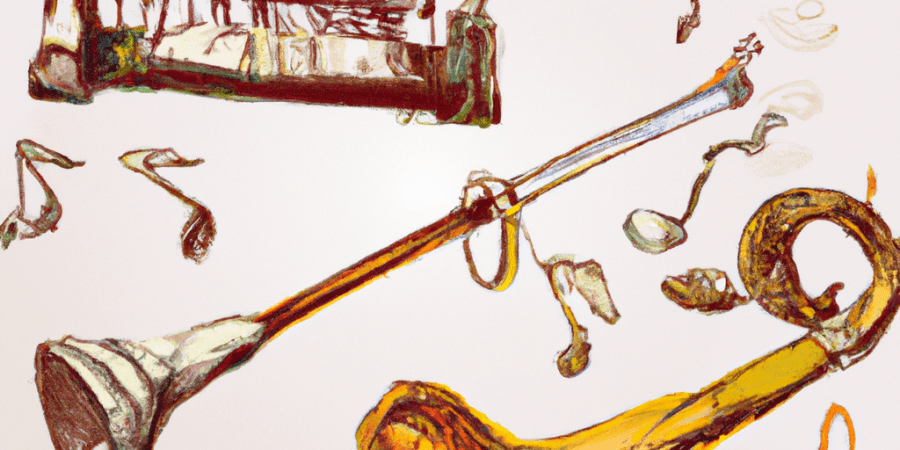Classical music has been around for centuries, and its evolution over the years has been remarkable. From the early Baroque period to today’s modern symphonies, classical music has evolved in many ways. To understand how classical music has changed throughout the years, it is important to look at some of the most significant periods in its history.
The Baroque period (1600-1750) was one of the earliest eras of classical music. This period featured a more ornate style with an emphasis on elaborate ornamentation and frequent use of counterpoint. The main composers from this era include J.S. Bach, Handel, Corelli, Vivaldi and Scarlatti among others. One of the defining characteristics of this era was its focus on texture and polyphony as opposed to melody or harmony.
The Classical period (1750-1820) saw a shift away from complexity towards a more balanced approach to composition. Composers such as Haydn and Mozart wrote shorter pieces that were easier to listen to and comprehend than those from the Baroque period. This era also saw a greater emphasis on form and structure with composers often writing in sonata form or variations on existing themes.
The Romantic period (1820-1910) was characterized by an increased emphasis on emotion and expression in music, with composers such as Beethoven, Schubert and Brahms pushing boundaries with their works. Pieces during this time often featured longer forms, larger orchestras and greater harmonic complexity than those of previous eras.
The 20th century saw further evolution in classical music with composers experimenting with new techniques such as minimalism, atonality and serialism while still maintaining traditional elements such as melody and harmony. Major figures from this era include Stravinsky, Bartok, Schoenberg and Prokofiev among others who pushed boundaries even further by introducing electronic instruments into their compositions for a truly unique soundscape experience.
Today’s contemporary classical music is heavily influenced by all these past eras but also takes inspiration from popular genres such as jazz or rock ‘n roll resulting in an eclectic mix of styles that is unique to our time period . The evolution of classical music over time has been remarkable; it continues to evolve even today thanks to modern technology allowing musicians unprecedented access to different sounds and tools that can be used to create something truly special!
